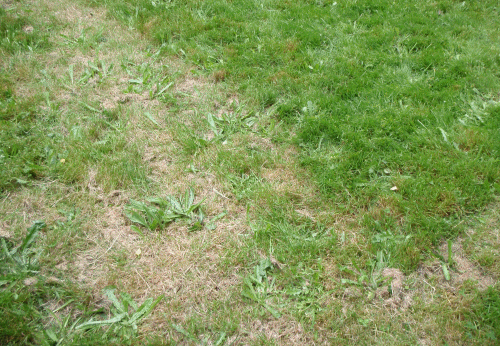


















 1
1








Brenda
Bloom where you are planted.
http://restfultrailsfoodforestgarden.blogspot.com/








Intermountain (Cascades and Coast range) oak savannah, 550 - 600 ft elevation. USDA zone 7a. Arid summers, soggy winters




Pamela Melcher
Happiness, Health, Peace and Abundance for All.




Get involved -Take away the standing of corporations MovetoAmmend.org








It can be done!




Brandis Roush wrote:Also- wild violets. No complaint about them, I would LOVE if they would crowd out the entire lawn, and I have never understood why people complain about them. I want to encourage MORE of them, but my husband isn't sold on this whole "no/less lawn" thing, and I could never convince him to stop mowing, and I think mowing is what keeps the violets in check. We haven't mowed yet this spring and I can tell they have really spread. Also, I've been harvesting the blossoms every morning to make violet jelly (it takes a lot of them). Should I leave some blossoms, or stop after a few days? I know with domesticated flowers you pick flowers to encourage more flowering, but will I wear out a wild species? That sounds like a dumb question now that I've said it out loud.... and the same for creeping charlie- not the blossom picking but I want to encourage it, but it mostly grows intermingled with the grass.
 Though they will actually 'throw' seed about three feet if not mowed. They have taken over our front flowerbed by this method and are creeping into the lawn. Violas do this too! I actually need to dig out some violets and violas where they are invading the lawn before my dad notices and gets upset.
Though they will actually 'throw' seed about three feet if not mowed. They have taken over our front flowerbed by this method and are creeping into the lawn. Violas do this too! I actually need to dig out some violets and violas where they are invading the lawn before my dad notices and gets upset.





Pamela Melcher
Happiness, Health, Peace and Abundance for All.

|
We've gotta get close enough to that helmet to pull the choke on it's engine and flood his mind! Or, we could just read this tiny ad:
The new purple deck of permaculture playing cards
https://www.kickstarter.com/projects/paulwheaton/garden-cards
|






